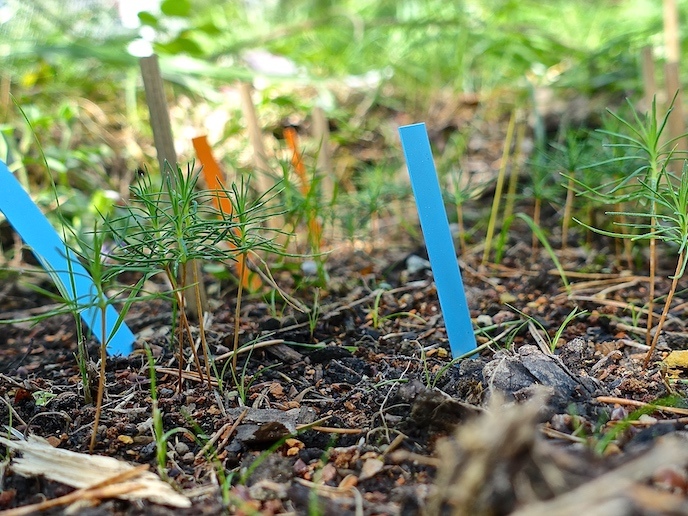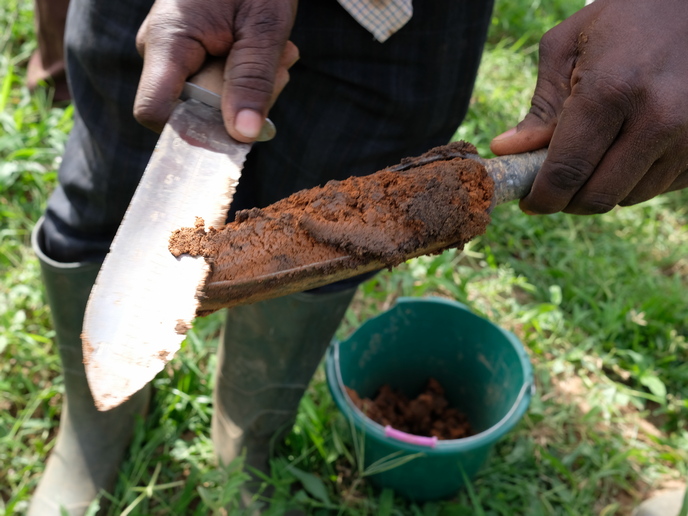Adapting forests to the realities of climate change
One consequence of climate change is an increase in droughts. With drought being a leading cause of forest decline, more droughts mean fewer forests. As trees are one of the best ways of removing carbon dioxide from the air, any decrease in the number of old trees will result in an increase in climate change and thus even more drought, fewer forests, and so on. One way of slowing this cycle of destruction is to develop tree species that are more resilient to drought. However, this requires a better understanding of how trees respond to drought events across their entire lifecycle, which is the subject of the EU-funded REFOREST project, supported also by the Marie Skłodowska-Curie programme. “This project explored how two common European tree species, the Scots pine and the oak, adapt to drought events,” says Arun Bose, a researcher at the Swiss Federal Institute for Forest, Snow and Landscape Research(opens in new window) and the lead researcher on the REFOREST project. “By strengthening our understanding of the complex relationship between climate and eco-physiological mechanisms, we can contribute to the development of a sustainable, climate-change resilient forest management strategy for Europe.”
Two objectives
The REFOREST project’s objective was twofold. First, researchers worked to quantify the radial growth of these two tree species, with a focus on the effects of extreme weather events. Here they discovered that the resilience of the Scots pine to extreme drought has decreased across lower productivity sites over the past three decades. This decrease is attributed to more frequent and severe droughts happening in recent years. The second objective involved examining the potential role of transgenerational epigenetic effects on seedling growth performance of the Scots pine. “We showed that the environmental experiences gained by the mother tree over the long term significantly influences their offspring’s growth and survival,” explains Bose. “This finding indicates that trees are not only able to quickly adapt to new conditions but can even pass on the ‘memory’ of such environmental changes to the next generation.” While conducting the field experiment for this second objective, project researchers were given a first-hand look at how drought impacts tree growth. The mega-drought of 2018 killed 90 % of the germinated Scots pine seedlings, thus significantly affecting the study. Luckily, researchers also had a similar experiment under controlled greenhouse conditions. “Although we could not learn as much as we expected from the field experiment, the greenhouse experiment provided sound results on how trees perform under controlled conditions,” adds Bose.
A significant scientific contribution
REFOREST is the first scientific experiment to identify the crucial role that transgenerational memory plays in the growth and survival of the Scots pine. “The project made a significant scientific contribution to our understanding of Scots pine forest acclimation strategies for the increasingly frequent extreme drought events,” says Bose. “We can now use this understanding to better adapt our forest management strategies to the realities of climate change.” Bose is currently preparing an ERC starting grant(opens in new window) proposal that aims to apply many of the REFOREST project’s main findings into other ecosystems. He has also prepared a number of scientific manuscripts, with the first being published in the prestigious journal ‘Plant, Cell & Environment’(opens in new window).







